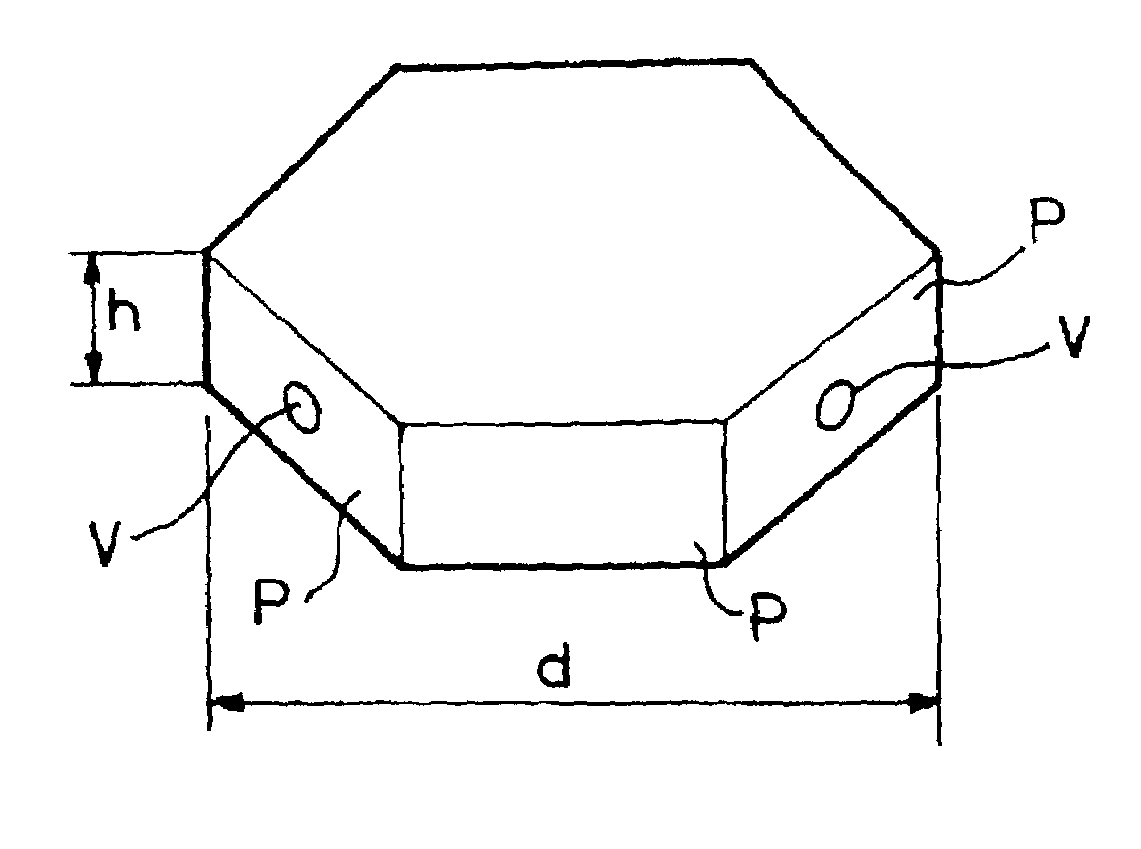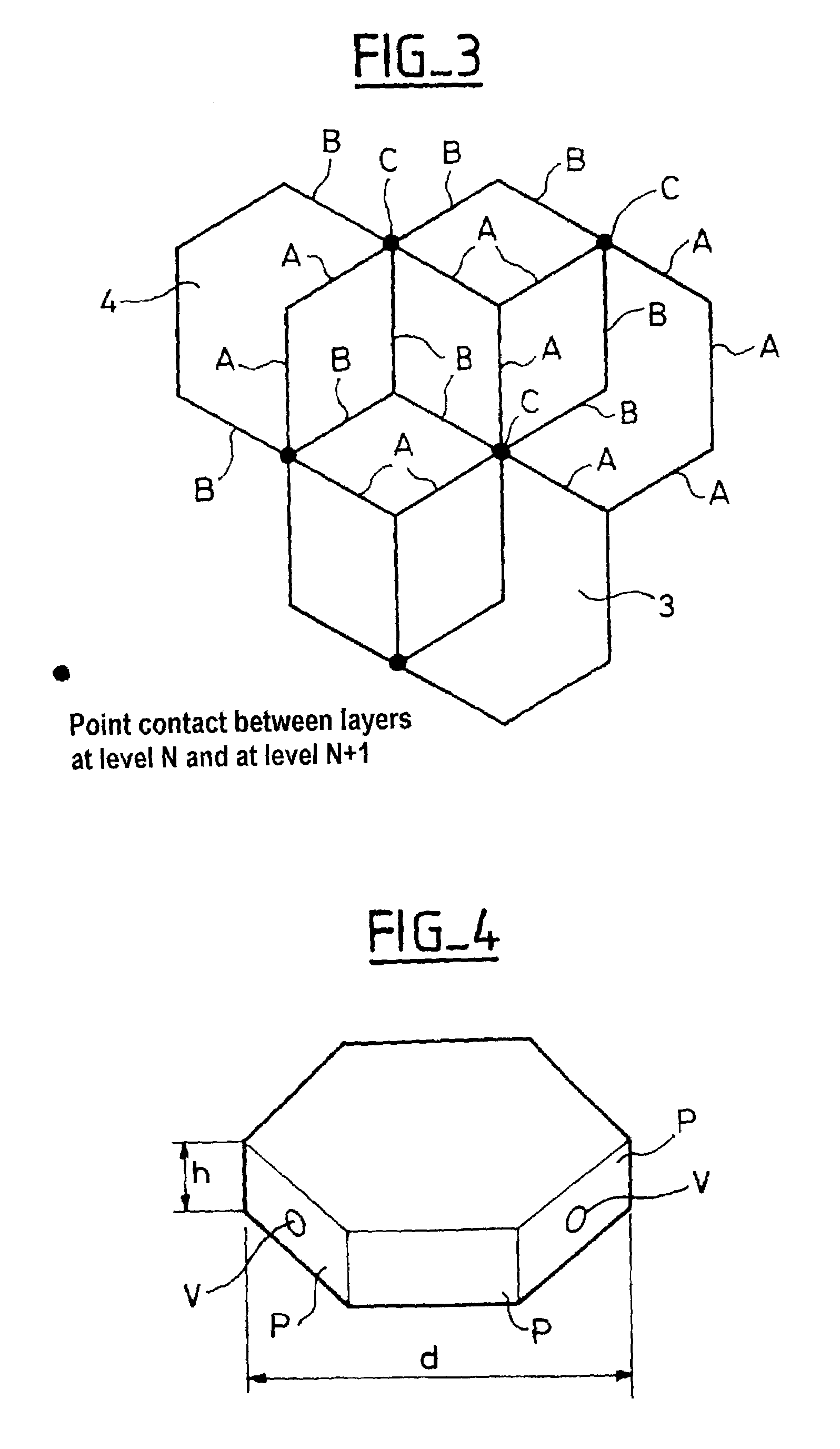Rigid multilayer material for thermal insulation
a multi-layer material and thermal insulation technology, applied in heat-insulating, paper/cardboard articles, transportation and packaging, etc., can solve the problems of high cost of launch, large amount of cutting, and difficulty in manual operation of mli installation, so as to reduce the drawbacks of materials
- Summary
- Abstract
- Description
- Claims
- Application Information
AI Technical Summary
Benefits of technology
Problems solved by technology
Method used
Image
Examples
Embodiment Construction
[0026]The same references are used to designate the same elements in all of the figures; for reasons of clarity, the scale is not always the same.
[0027]FIG. 1 is a diagrammatic perspective view showing an example of a rigid multilayer material of the invention. The material consists in a sandwiched stack of layers of honeycomb 2 and of skins 1. In the example of FIG. 1, these layers alternate, there being N plates of honeycomb 2 alternating with N+1 aluminum- or gold-coated skins 1. The skins are preferably made of an insulating structural material, for example glass-epoxy, and they are coated with gold or aluminum in order to obtain low emissivity and thus minimize heat transmission by radiation between successive layers, given the large facing areas of the skins.
[0028]The honeycomb is made of a material that is highly insulating (PEI, NOMEX, or the like) in order to obtain a high level of resistance to heat conduction. NOMEX® is an aramid paper (aromatic polyamide). One manufactur...
PUM
| Property | Measurement | Unit |
|---|---|---|
| emissivity | aaaaa | aaaaa |
| thickness | aaaaa | aaaaa |
| thickness | aaaaa | aaaaa |
Abstract
Description
Claims
Application Information
 Login to View More
Login to View More - R&D
- Intellectual Property
- Life Sciences
- Materials
- Tech Scout
- Unparalleled Data Quality
- Higher Quality Content
- 60% Fewer Hallucinations
Browse by: Latest US Patents, China's latest patents, Technical Efficacy Thesaurus, Application Domain, Technology Topic, Popular Technical Reports.
© 2025 PatSnap. All rights reserved.Legal|Privacy policy|Modern Slavery Act Transparency Statement|Sitemap|About US| Contact US: help@patsnap.com



